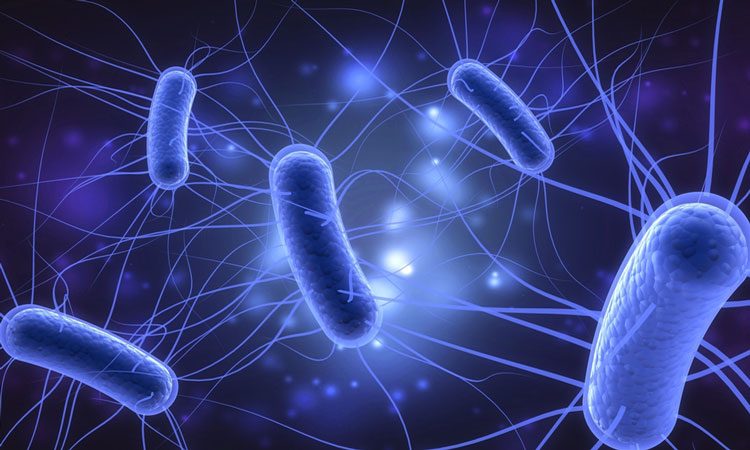Scientists discover over 7,000 effective antibiotic combinations
Posted: 3 September 2018 | Iqra Farooq (Drug Target Review) | No comments yet
Researchers discovered effective antibiotic combinations using four or five drugs, despite claims that combinations of three or more won’t work…


A team of biologists have discovered thousands of four- and five-drug combinations of antibiotics that are more effective at killing bacteria than previously thought.
Many scientists have traditionally believed that the combination of two antibiotics to fight harmful bacteria works well, however scientists have held the opinion that the combination of three or more drugs would not work well. Effects would be ‘too small to matter’, or one drug would cancel out the effects of another.
The research team from the University of California, Los Angeles found that combinations of four or five drugs could be a major step towards protecting public health, especially at a a time where common infections are becoming increasingly resistant to current treatments.
Assistant Professor Pamela Yeh, a senior author of the study, said: “There is a tradition of using just one drug, maybe two. We’re offering an alternative that looks very promising. We shouldn’t limit ourselves to just single drugs or two-drug combinations in our medical toolbox. We expect several of these combinations, or more, will work much better than existing antibiotics.”
A total of 18,278 combinations of four or five drugs were tested, with many having varying doses; all of them worked against E. coli.
Before testing each combination, the biologists predicted the effectiveness of each at killing bacteria. They found that there were many more potent combinations than they first estimated, with 1,676 four-drug combinations and 6,443 five-drug combinations performing better than they expected.
“I was blown away by how many effective combinations there are as we increased the number of drugs,” said Professor of Ecology and Evolutionary Biology and Biomathematics, Dr Van Savage, the study’s other senior author. “People may think they know how drug combinations will interact, but they really don’t.”
Many drug combinations were also found to be less effective than previously thought; 2,331 four-drug and 5,199 five-drug combinations were not as potent as the scientists had estimated.
The scientists explained how the antibiotics tested target different parts of E. coli. The eight tested antibiotics attack E. coli in six unique ways.
“Some drugs attack the cell walls, others attack the DNA inside,” Prof Savage said. “It’s like attacking a castle or fortress. Combining different methods of attacking may be more effective than just a single approach.”
The scientists add that despite the results of this study being very promising, the combinations have only been tested in a laboratory setting, and are years away from being evaluated as treatments for people.
The researchers have also created an open-access software on their work to enable other researchers to analyse the drug combinations studied by the researchers, and to input data from their own tests on drug combinations. The software should be made available to other scientists next year.
The findings were reported in the journal npj Systems Biology and Applications.
Related topics
Disease research, Drug Development, Drug Discovery, Drug Targets, Research & Development, Therapeutics
Related organisations
University of California Los Angeles (UCLA)
Related people
Assistant Professor Pamela Yeh, Professor Van Savage



